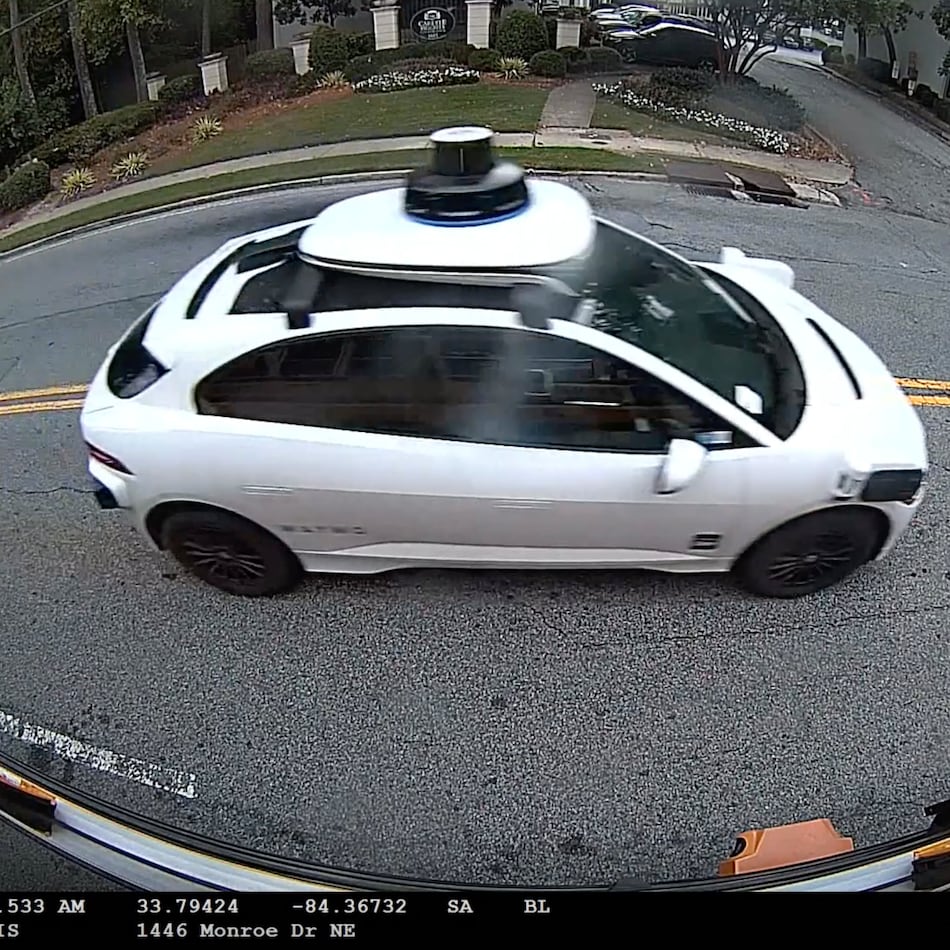As Haiti grapples with numerous tragedies following its recent earthquake, another horror story has emerged: Many children left homeless there now risk being trafficked. Only this is not a natural disaster, but one created entirely by humans.
Child trafficking is not new to Haiti, or to any other part of the world. It is a global phenomenon that victimizes millions of children, including many here in the United States. At the end of each day, as we gather around the dinner table with family and friends, children around the world have spent their day toiling in sweatshops and mines, on farms, in the sex industry, in forced begging operations and in domestic servitude, where they are subjected to persistent physical, mental and often sexual abuse.
Over the past decade, the United States and many other governments have taken significant actions to combat human trafficking, but their approach is flawed. Little attention is paid to the ultimate goal — prevention. In all my research over the past decade, I haven’t found any evidence suggesting that child trafficking has declined, despite the good intentions of many governments. In fact, it might be increasing.
Although the international community has agreed upon a sensible, comprehensive three-pronged approach to combating trafficking, often referred to as the three P’s — 1. punishment of perpetrators; 2. protection of victims; and 3. prevention — in reality governments have focused primarily on the first step and, to some extent, on the second. In the United States, Congress has enacted strong federal anti-trafficking laws. Many states have followed suit. Slowly, victim assistance programs are growing, though much more is needed. Today, only six states have even one shelter for child victims of sex trafficking.
Prevention, however, has been largely ignored, even though without it we will be caught in an endless cycle of chasing perpetrators and providing victims services after the harm to children has already occurred. Many assume that tough criminal laws count as prevention. But as we have seen in the drug trade, criminal law alone is not enough.
We need to focus seriously on prevention. We need a national plan of action to facilitate effective, coordinated responses to child trafficking. In 2008, the United States passed the PROTECT Our Children Act, which aimed to create such a plan. It’s a good step, but a review of the legislation reveals it to be essentially law enforcement-centered. A national plan of action must include victim assistance and comprehensive prevention measures.
We need better research and data collection, so that we use resources more efficiently, identify vulnerable children more effectively and ensure interventions reach children before they are exploited.
Prevention won’t work if it is dictated from the top down. Policymakers and child advocates must engage all communities in a meaningful way. In addition, all sectors of society must be part of the solution. This means the issue can’t just be left to law enforcement and social services, but must also include the health sector, education sector, tourism industry, transportation sector, textiles industry, media and many other industries and entities that either come into regular contact with children or whose businesses benefit from or facilitate (often unknowingly) child exploitation.
Finally, we must address the underlying supply and demand issues. Addressing supply means assisting vulnerable children and their families before children are harmed. Addressing demand means dealing with the demand for the services that drive sex trafficking and the cheap goods that drive labor trafficking.
The truth is we all have a role to play, because chances are, at some point every one of us has bought food, clothes or other products that was made by exploited children. That “amazing deal” you got on that new shirt might have been possible only because some child was exploited in the supply chain. Each of us can become better informed about the products we buy and demand that suppliers not exploit children. We can write our senators and representatives and insist that the government adopt a comprehensive response to child trafficking, one that prioritizes prevention and funds services for victims.
None of these issues is easy to tackle, and tackling them in the aggregate will be harder still. They require sustained effort and resources — tough requests in the current economy. The end of modern-day slavery, including child trafficking, won’t come overnight, but we must act now and must focus on preventing these abuses. Alternatively, who wants to be the one to tell the trafficked 12-year-old girl who is forced to have sex with 15 men a day that she is not our concern? Or the 11-year-old boy working over 100 hours a week in a sweatshop that he just doesn’t matter?
Jonathan Todres is an associate professor at Georgia State University College of Law.
About the Author
Keep Reading
The Latest
Featured
